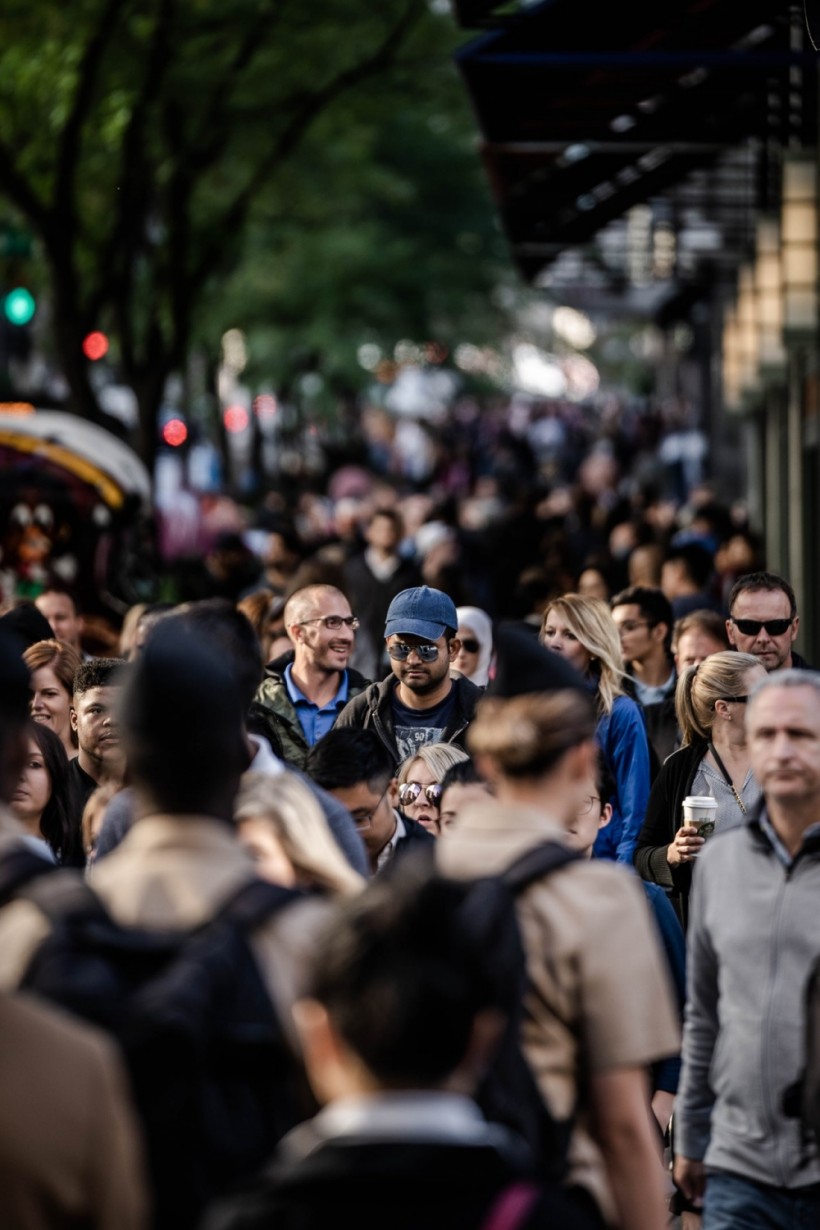The Risks of Big Events and Crowds Right Now

The epicenter of the Covid-19 virus, or novel Coronavirus, has moved from China to Europe, and United States officials are rushing to ensure that we're not next for an out-of-control spike in cases.
China's cases are slowing, while European cases, particularly in hard-hit Italy, are increasing rapidly.
In the United States, there is a concerted effort by local, state, and national officials to slow the spread of Coronavirus between people, particularly in vulnerable populations.
As part of this, there are growing bans on large public gatherings, and the importance of this has been highlighted by recent reports that Mardi Gras in New Orleans may have been a point of infection for some in the U.S. This sheds light on the risks of Mardi Gras and other large-scale events, particularly during flu season or times when illnesses are more likely to spread.
Mardi Gras Links
There have been health officials from throughout the country who have linked potential Coronavirus cases in their area to Mardi Gras, which was held in late February.
For example, There was one person in Pine Bluff, Arkansas, and that person's two friends from Memphis who were in New Orleans during Mardi Gras and they then later developed the virus.
An epidemiologist from the Tulane University School of Public Health and Tropical Medicine who teaches about infectious diseases at Tulane said she expected cases to start popping up when they did, especially in the New Orleans area, since Mardi Gras was a few weeks ago.
She told local reporters in New Orleans that she didn't think it really spoke much to the area itself or its risk level, but rather the risks of large crowds.
It was also just announced that voting in the Louisiana presidential primary is being moved to June, while it was originally scheduled for April.
The French Quarter Festival, which was scheduled for April 16 through 19 has been postponed until October.
Of the presumptive positive cases in New Orleans, most are said to be in New Orleans.
New York City State of Emergency
Mardi Gras and the cases relating to New Orleans are just one of the many issues cities and local governments around the country are facing right now.
New York City mayor Bill DeBlasio just announced a state of emergency for the city and banned large crowds.
This came as New York saw cases of the virus doubling overnight.
The mayor said he wouldn't be surprised if large event spaces, including Radio City Music Hall, Madison Square Garden, and Barclays Center don't host events through the early fall.
Earlier the same day of DeBlasio's statement, New York Governor Andrew Cuomo shut down all Broadway theaters for a month and banned gatherings of crowds of more than 500 people.
The city and state will be enforcing such activities, and the Governor and Mayor have said fines could be issued if you don't follow directives.
For smaller venues such as bars and restaurants, the requirement is operation at half capacity to allow for more space between customers.
Currently, the subways are still open, but there is likely to be a reduction in service.
What is Social Distancing?
Even when there aren't guidelines in place, there's a term called social distancing you may be hearing a lot about.
Social distancing is one of the mitigation strategies outlined by the Centers for Disease Control and Prevention to limit the spread of Coronavirus.
Broadly state, social distancing is a term that refers to the conscious effort to reduce close contact between people. A lot of people aren't entirely clear on how they can implement social distancing in their lives and what they should be doing.
The following are general things to know, in the hopefully short-term era of social distancing:
-
The idea is to be as home as much as you can, although officials aren't going so far as to necessarily recommending avoiding places like bars and restaurants. If you're in a place where there's more widespread disease transmission, that might alter your decision, however.
-
The CDC advises staying six to 10 feet from other people as a guideline.
-
As no one is sick, having small gatherings at your home usually isn't advised against.
-
Most infectious disease experts feel that the risk of illnesses goes up exponentially with the size of the gathering.
-
As far as gyms, the rule of thumb right now is to still try and keep a physical distance, wash your hands regularly and disinfect surfaces. It can be a good idea to go during a time when there are fewer people there and if you're enjoying nice weather in your area you might want to take your workout outdoors instead.
-
If you need to go to the grocery store, the guidelines are similar to going to a gym. Try to go early in the morning or late at night when there are fewer people there, and if you can get delivered groceries, maybe you do that.
-
For one-on-one appointments such as hair appointments, the risk may be lower since there is limited exposure, and it's not the same as large gatherings.
What if you're under a self-imposed quarantine? Some people are as they're returning from trips abroad, and in this case, you shouldn't have visitors or be a visitor to anyone else, even in a one-on-one situation.
If you live in an area where there's not a dense population, it may be fine to go outside in your own yard, but you just want to stay away from others.
Some schools around the country are canceling classes or extending spring break for students as well, although New York City has yet to do this.
If you don't live in a place with rampant transmission of the virus, you might decide that you're fine with simply washing your hands more and avoiding very big gatherings, although many of them are being canceled anyway. The hope is that with some smart decisions on the part of individuals and perhaps warmer weather, the Coronavirus will be significantly slowed in the U.S.
Subscribe to Latin Post!
Sign up for our free newsletter for the Latest coverage!














